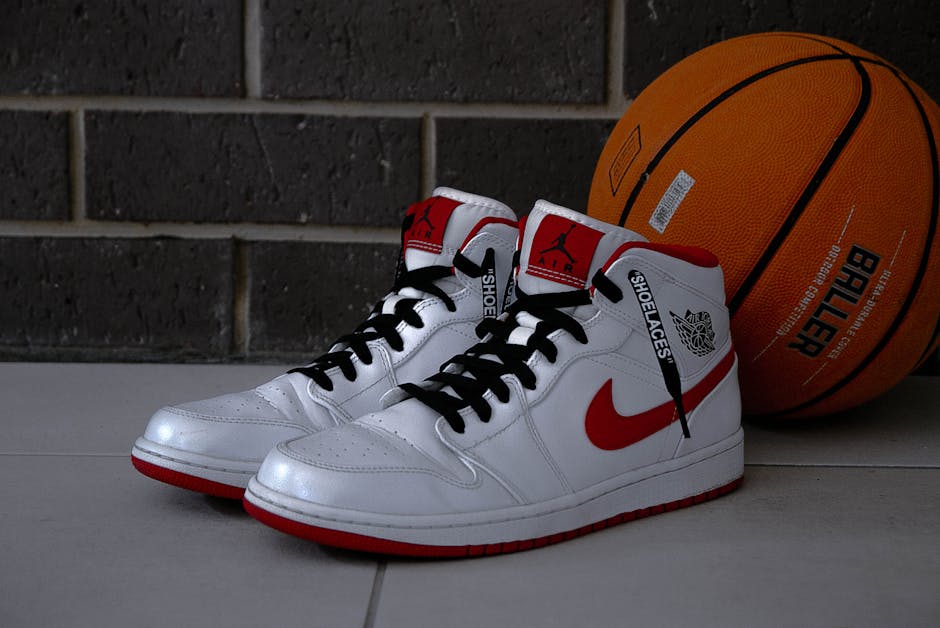Gamifying the Customer Journey: Propel Small Business Growth Today
Imagine walking into your favorite café, and with each cup of coffee you buy, you earn points that can lead you to exclusive discounts or special free treats. This simple, fun idea of turning a mundane activity into a rewarding experience encapsulates the concept of gamifying the customer journey. It’s not just about the rewards; it’s about engaging your customers in a way that fosters loyalty and propels your small business growth. In this article, we’ll delve into what gamification is, how it transforms customer engagement, and provide actionable strategies with real-world case studies to help you implement this innovative approach in your own small business.
Understanding Gamification: The Basics

Gamification involves incorporating game-like elements into non-game contexts to enhance user engagement. This could include points, leaderboards, challenges, or rewards. In the context of small businesses, gamifying the customer journey means creating immersive experiences that encourage customers to interact with your brand more frequently and meaningfully. It's not only a buzzword—it's a trend that's revolutionizing customer engagement.
For example, Starbucks uses a loyalty program that rewards customers with stars for every purchase. These stars can then be redeemed for free drinks and other goodies, turning an ordinary transaction into an interactive and rewarding experience. This effective gamification strategy has significantly boosted customer loyalty and spending.
Why Gamification Matters for Small Businesses

In today’s competitive landscape, standing out to attract and retain customers can be daunting. Gamification offers several benefits for small businesses:
-
Enhanced Customer Engagement: By incorporating game dynamics, you make interactions more exciting and engaging. When customers feel more involved, they’re likely to return.
-
Increased Loyalty and Retention: Incentive-based experiences create a sense of belonging and loyalty. When customers feel rewarded for their patronage, they return more often.
-
Data Gathering: Gamification can facilitate data collection on customer preferences and behaviors, allowing businesses to tailor their offerings to meet customer needs more effectively.
-
Word-of-Mouth Promotion: Engaged customers are apt to share their experiences with friends and family, thereby increasing your outreach and customer base organically.
A recent study from the Harvard Business Review found that gamified experiences can lead to increases in customer engagement by as much as 50% and a remarkable boost in retention rates.
Case Studies: Successful Gamification in Action

1. Nike's Nike+ Program

Nike transformed the way customers interact with fitness through its Nike+ program. The app tracks workout statistics and allows users to set goals. It even connects with friends for fitness challenges, making exercise a competitive yet rewarding experience. This gamified approach has not only fostered a community of fitness enthusiasts but has also significantly increased sales of Nike gear as customers seek to enhance their experiences.
2. Duolingo: Making Language Learning Fun

Duolingo, a language-learning app, brilliantly incorporates gamification by employing levels, points, and rewards to motivate users. Each completed lesson earns users experience points, and streaks promote consistency. The result? Millions of engaged learners who return daily to build their language skills—and a thriving app used by diverse global learners.
These examples showcase that gamification is not just for large corporations; small businesses can adopt similar strategies.
Actionable Strategies for Small Businesses

Implementing Gamification: Steps to Start

-
Identify Customer Behaviors to Encourage: Look at what you want your customers to do more of. Is it making purchases, referring friends, or leaving reviews? Focus your gamification strategy around these actions.
-
Design Rewards: Create an appealing rewards system that resonates with your target audience. Consider offering discounts, freebies, or exclusive access to events. Research conducted by Moz reveals that 83% of businesses believe engaging customers with rewards leads to increased sales.
-
Incorporate Challenges: Create challenges that encourage participation. For instance, host monthly social media contests where customers can share pictures using your products for a chance to win a prize.
-
Build Community and Competition: Incorporate leaderboards that show top customers, fostering a sense of community. The competitive aspect encourages consistent engagement and can be particularly effective in retail environments.
-
Leverage Technology: Use apps or platforms that support gamification. Tools like Kahoot or Blynk can help you create interactive experiences for your customers.
Real-World Implementation: The Coffee Shop Challenge

Consider a local coffee shop. You could implement a "Coffee Challenge," where customers earn points for each purchase. After reaching a certain point threshold, they could unlock a free beverage or merchandise. You might add challenges, such as trying new seasonal drinks for extra points. Promoting customer engagement through social media, with a leaderboard showcasing top challengers, can further add excitement.
Measuring Success: Metrics to Monitor

To ensure your gamification efforts yield desired results, track the right metrics:
- User Engagement Levels: Monitor the frequency and duration of interactions within your gamified program.
- Customer Retention Rates: Analyze changes in customer loyalty before and after implementing gamification.
- Increased Sales: Observe any spikes in sales during periods of heightened gamification efforts.
- Customer Feedback: Regularly solicit feedback to refine the gamification experience.
Challenges to Consider

While gamifying the customer journey offers significant benefits, it’s essential to approach it with careful planning:
- Avoid Over-Complication: Your gamification strategy should be intuitive. If it’s too complicated, it could deter customers.
- Ensure Rewards Are Appealing: Understand what your customers value. If the rewards don’t resonate, engagement will falter.
- Protect Against Burnout: Regularly update and refresh challenges to keep experiences enjoyable and engaging.
Ignoring these obstacles can hinder the effectiveness of your strategy and push customers away rather than towards your brand.
Final Thoughts: Igniting Innovation through Gamification
Gamifying the customer journey is not just a trend. It’s an innovative approach to building stronger connections between small businesses and their customers. By creating fun, interactive experiences, you can engage your audience more deeply, enhance customer loyalty, and ultimately drive growth for your small business.
As you explore this strategy, think about the unique ways you can implement gamification in your specific industry. Whether you're navigating the challenges of retail or the service sector, customization is key to creating an engaging customer experience.
Remember, small steps can lead to significant changes. Start today by taking your first steps toward gamification. Explore harnessing gamification in your engagement strategy, and watch how it transforms not only your customers’ experiences but also skyrockets your business growth.



